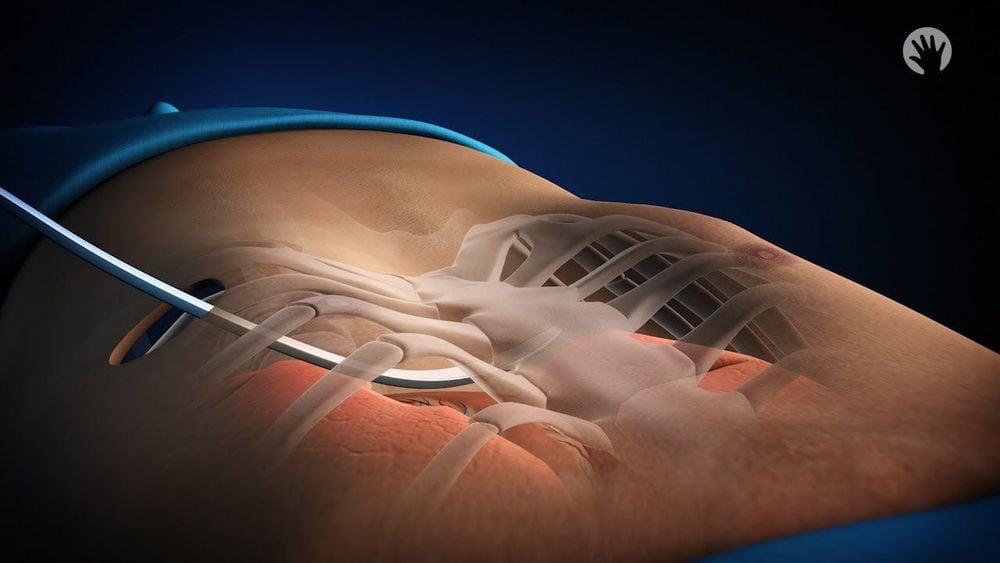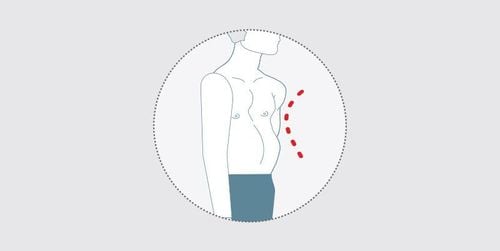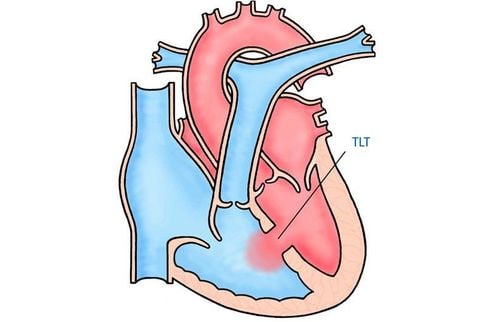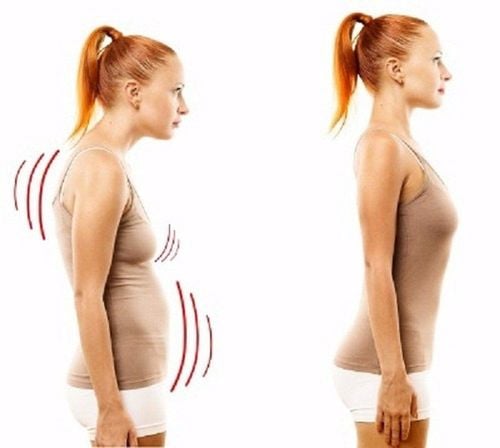This is an automatically translated article.
Congenital thoracic cavity is a deformity of the chest wall caused by abnormal growth of the sternum and some costal cartilage. Concave breasts cause many developmental obstacles during puberty. Nuss surgery is performed to treat congenital chest depression, in order to improve the patient's body shape, walking posture and respiratory function.
1. What is endoscopic Nuss surgery for congenital concave thoracic surgery?
Nuss surgery was first performed by Donald Nuss since 1987 and has been popularized around the world in the treatment of congenital concave chest. This is a minimally invasive surgery with very little blood loss and a short recovery time. A metal rod will be used to raise the bone in the concave chest.
Sử dụng thanh kim loại để nâng xương phần ngực lõm
2. Nuss surgery procedure
Position: The patient lies on his back with a pillow under his back Anesthesia Intubation Measure and bend the bar according to the thoracic pattern 3cm skin incision on both sides of the chest wall corresponding to the position of the deepest concave sternum and in the mid-axillary line Entering from right or left is up to individual surgeon's preference) Subcutaneous tunneling Endoscopic Trocar placement Inflating 5mmHg pressure Under endoscopic guidance, pine separates the muscle layers from the subcutaneous tunnel through into the pleural spaces at the superior edge of the rib and widen the posterior sternal cavity, pericardium Thread the guide bar along the tunnel just created to the contralateral chest wall Use Vicryl 2 sutures to secure the support bar to the end of the rod guide then pull the support bar through the tunnel Rotate and flip the sternum lift bar Fixing the bar: one side (with camera support) stitches the area past the ribs with steel thread, the other side uses Vicryl thread to fix the bar to the scale Chest wall muscles Squeeze the balloon to expand the lungs, withdraw the Trocar Need to monitor the patient's pain and respiratory status

Theo dõi tình trạng của bệnh nhân sau phẫu thuật
3. Indications for performing Nuss surgery
Moderate to much concave chest (Haller index > 3.2) There are functional symptoms: Chest pain, shortness of breath, reduced exertion Affects aesthetics and psychology of the patient
4. Contraindications to perform Nuss . surgery
The patient has many certain birth defects. Having congenital heart disease that affects heart function. Slow mental development.

Chống chỉ định phẫu thuật với bệnh nhân mắc các bệnh ảnh hưởng đến chức năng tim
5. Management of complications after Nuss surgery
Cardiopulmonary injury: In case it is necessary to open the chest to manage Pneumothorax: If it is small, there is no need for intervention, if it is many and the patient shows signs of respiratory failure, put a pleural drainage through the Trocar hole. . Hemothorax: Drainage of the pleura Rod displacement: Fixing the rod Allergy to the support rod: Remove the support rod in case of prolonged bleeding that does not heal. The Nuss method is the most advanced method of treating concave breasts today. Nuss surgery, applied in Vietnam since 2010, has overcome many limitations of open surgery. Concave chest disease accounts for the highest percentage of congenital malformations of the chest wall, so parents should have the right understanding of this disease to best care for and treat their children.
Any questions that need to be answered by a specialist doctor as well as customers wishing to be examined and treated at Vinmec International General Hospital, you can contact Vinmec Health System nationwide or register online HERE.













